Nowadays, many people are disturbed by the skin problem, especially for sensitive skin, or allergic skin. Therefore, to develop anti-allergic cosmetic formulation is an urgent task. There are some uses of cosmetic ingredients in anti-allergic formulation, hope that will be helpful.
1. Difference Between Sensitive Skin and Allergic Skin
Sensitive skin refers to a state of temporary skin damage. The skin is fragile and in a state of restlessness, which is a non-permanent response that will change with the environment. If you avoid irritation, strengthen and protect the skin barrier, the sensitive skin will be improved.
Allergic skin is an innate physique. It is a rejection of a particular substance by a gene or cell in the body (which varies from person to person) and therefore hard to be cured. For example, allergic skin includes atopic dermatitis, rosacea skin, etc.
Dryness, prickling, redness, itching, swelling, pain, rash, etc., these symptoms are the manifestations of skin sensitivity.
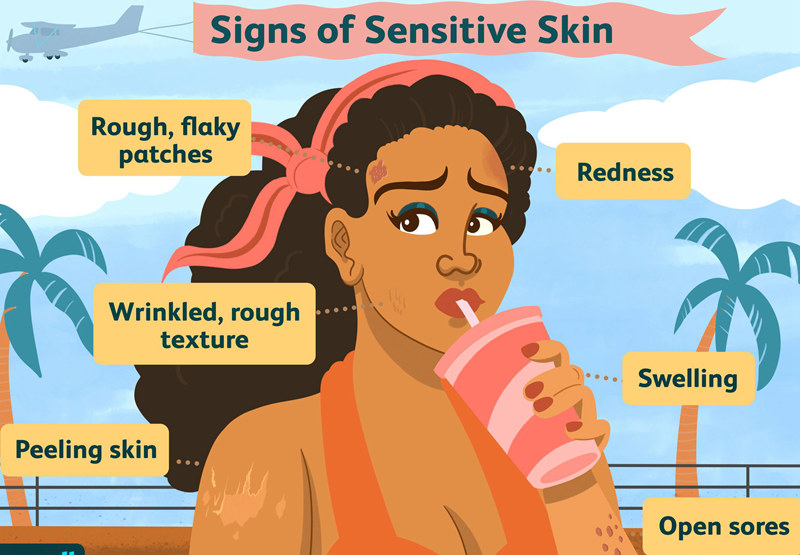
If you want to know more about cosmetics ingredients for sensitive skin, please click The Top 10 Best Cosmetic Ingredients for Sensitive Skin
| Allergic skin | Intolerant skin | Sensitive skin |
| It is related to the autoimmune system and occurs in people with specific constitutions; non-contact dermatitis (self-induced) + contact dermatitis (induced by cosmetics, etc.) | Irritant dermatitis or allergic dermatitis | Changes in skin barrier function, decrease of tolerance level, excessive inflammation |
2. Tips of Cosmetic Anti-allergic Formulation for Skin
A successful cosmetic anti-allergic formulation for should include moisturizing, cleansing, and sun protection.
- Moisturizing
Moisturizing agents, such as amino acids, urea, PCA sodium, sodium lactate, natural moisturizing factors, with similar structures to the skin can be used to achieve instant moisturizing effects.
Reduce or avoid the amount of PEG moisturizers, and use safer moisturizers that are not easy to penetrate into the skin, such as polyglycerin or dipropylene glycol.
Hyaluronic acid, tremella polysaccharides, glycogen and other macro-molecular humectants help form a protective film and reduce the loss of water.
- Cleansing
Choose mild surfactants to reduce irritation. Add some sugar raw materials, oils, and water-soluble oils. Avoid too much electrolyte; too much electrolyte can cause pain in skin wounds. Use safer macro-molecular gels or other types of thickeners to reduce the amount of electrolytes used.
- Sun Protection
Sunscreen ingredients should be mild. Chemical sunscreens are more likely to cause skin irritation. Therefore, it is more appropriate to use physical sunscreens. Some natural ingredients is a better choice for sunscreen, such as scutellaria baicalensis root extract, troxerutin, etc..
The sunscreen itself must be effective, and there is no need to achieve high SPF. Daily protection between SPF 15-30 is acceptable, but the PA value is preferably +++ or ++++ to achieve a certain degree of UVA defense ability.
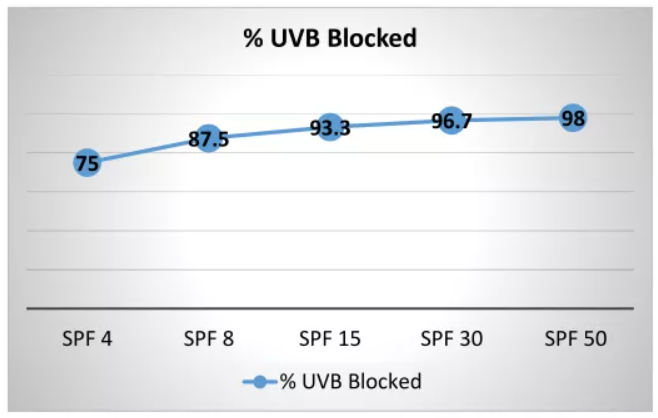
3. Ingredients for Cosmetic Anti-allergic Formulation
3.1 Improve product safety, avoid the use of irritating ingredients, and try to avoid the use of fragrances and pigments.
3.2 Use anti-inflammation, soothing itching and irritation ingredients to relieve the allergic skin.
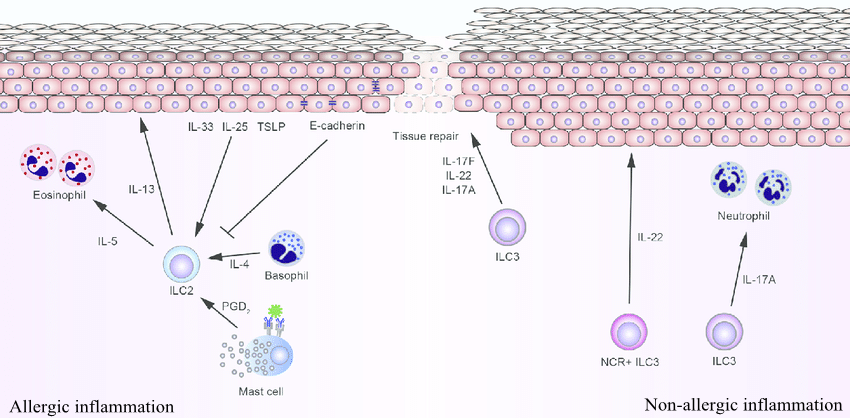
| Source | Skin structure | Cytohormone type |
| Exogenous stimulus | Epidermal layer | TNF-α, IL-1, IL-6, IL-8, PGE2 |
| Mastocyte | Corium layer | MCP-1, PGE2, Histamine |
| Nerve cell | Corium layer | Substance P, CGRP, Neuropeptides |
| Monocytes, macrophages, T – cells | Corium layer | Chemokine, IL-12, TNF-α, MCP-1, PGE2, IL-1 |
Skin inflammation is usually induced by inflammatory cytokines, such as TNF-α, IL-1, IL-6, IL-8, etc.. The following is some raw materials to regulate the expression of pro-inflammatory factors, and the expression of neurogenic inflammatory factors.
- Control the expression of TNF-α, IL-1: Bisabolol, curcumin, glycyrrhizic acid.
- Control the expression of IL-6: Glycyrrhizic acid, acorus calamus root extract, oat extract, saxifraga stolonifera sxtract.
- Control the expression of IL-8: Glycyrrhizic acid, avena sativa (oat) kernel extract, houttuynia cordata extract, kava extract.
Kava extract, also named piper methysticum root extract, is a powerful cosmetic ingredient for anti-allergic. Plamed names it as DCR516, it can inhibit the production and release of inflammatory factors, so as to relieve skin allergic reactions, such as redness, itching, swelling and others.
Plamed proves DCR516’s anti-inflammation properties in comparison with aspirin. The result show that DCR516 has more effective allergy relieving effect than aspirin.
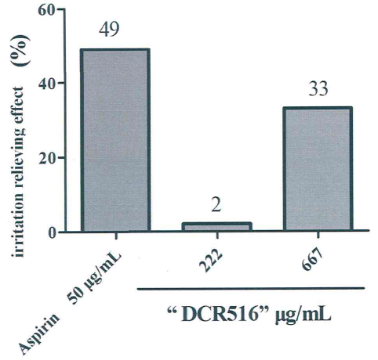
Figure. DCR516’s properties to relieving skin irritation
Plamed also has tested DCR516’s soothing allergic effect.
- Control the expression of PGE2: Bisabolol, curcumin, polygonum tinctorium extract, ferulic acid.
- Control the expression of Substance P, CGRP: Eperua Falcata Bark Extract, Tetrapeptide, Dipeptide. Calcium can increase the density of blood capillary, thereby reducing exudation, reduce or relieve allergy symptoms.
- Reduce the release of neuropeptides (ACTH, endorphin): Tripeptide.
3.3 Use some functional cosmetics raw materials, such as ingredients for anti-cold and heat damage, anti-free radicals, anti-ultraviolet, anti-chemical irritants, so as to improve the skin barrier to anti-bacterial.
3.4 Provide water moisturizing ingredients and oil moisturizing ingredients that are not allergic to the skin, see in the following chart.
| Name | Moisturizing mechanism | Ingredients | |
| Water moisturizing | Small molecule polyol | Bonded with Water Molecules | Glycerin, trehalose, maltitol, provitamin B5, sorbose |
| Moisturizing factor of the stratum corneum | Supplement moisturizing elements for stratum corneum | Amino acid group, PCA, urea, sodium lactate, lysine, serine, proline, arginine, glycine | |
| Macromolecular polysaccharides | Absorb water molecules | Hyaluronic acid, chitosan (chitin), polysaccharides/bioglycans, polyglutamic acid | |
| Oil moisturizing | Intercellular lipid | Strengthen the grease barrier | Ceramide, phospholipid, cholesterol, unsaturated fatty acid |
| Sebaceous gland lipids | Replenish skin lipids | Squalene, triglyceride | |
| Unsaturated fatty acid | Repair keratinocytes | Various vegetable oils rich in linoleic acid and hypolinoleic acid |
4. Ingredients Avoid to be Used in Cosmetic Anti-allergic Formulation
Many cosmetic ingredients, such as fragrance, p-phenylenediamine, alcohol, some preservatives such as benzyl alcohol, etc., can easily cause skin allergies. In addition, the following ingredients also need special attention to avoid appearing in cosmetic anti-allergic formulations.
Natural plants: rosemary, sandalwood, citrus, etc.
Natural oils: jojoba oil, tea tree oil, lavender oil, coconut oil
Sunscreen: benzophenone
There are also some seemingly safe ingredients, such as some emulsifiers, oils that can induce allergic reactions to certain people. Therefore, the key point of prepare anti-allergic cosmetic formulation is to streamline the ingredients as much as possible, to avoid the potential skin allergy.
Anti-allergic formulation for skincare still is in developing and improving. Cosmetics engineers should learn more about anti-allergic ingredients that are useful in their preparation. Plamed, as a professional anti-allergic ingredients supplier, will help you in your career to make greater cosmetic for sensitive skin and allergic skin.
Product List of Anti-allergic Ingredients
| NO. | Product Name | Product ID | Specification | Product Image |
|---|---|---|---|---|
| 01 | DCR 516 | PMM1401 | - | 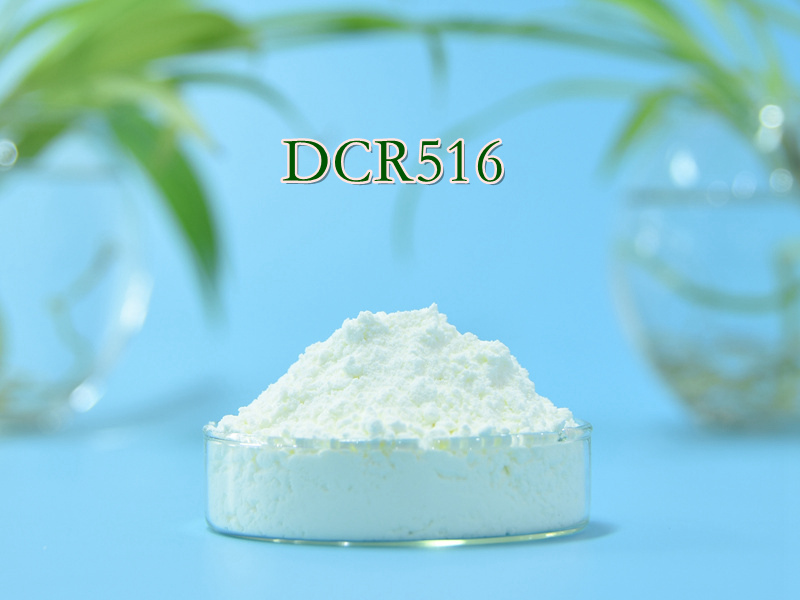 |
| 02 | Hamamelis Virginiana Extract | PMM0202 | 0.5% Tannin | 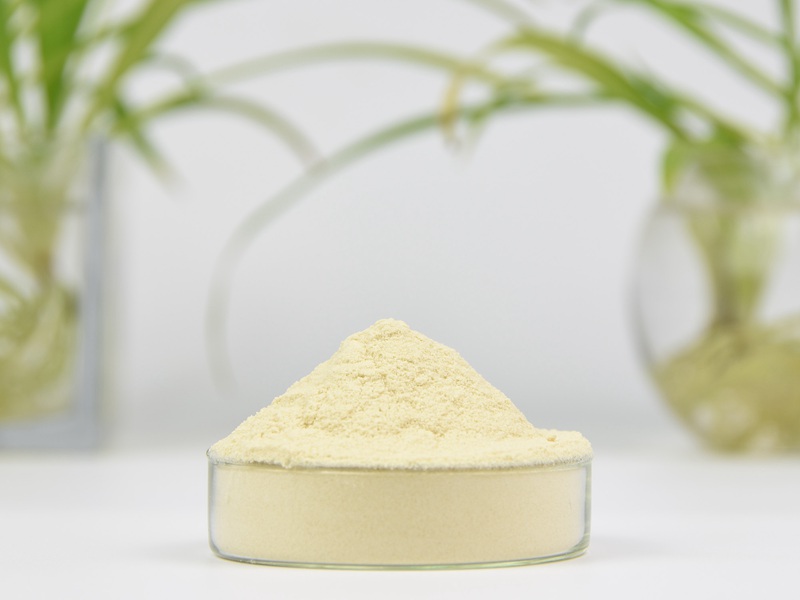 |
| 03 | Paeoniflorin | PMQD0601 PMQD0602 | 50% 98% | 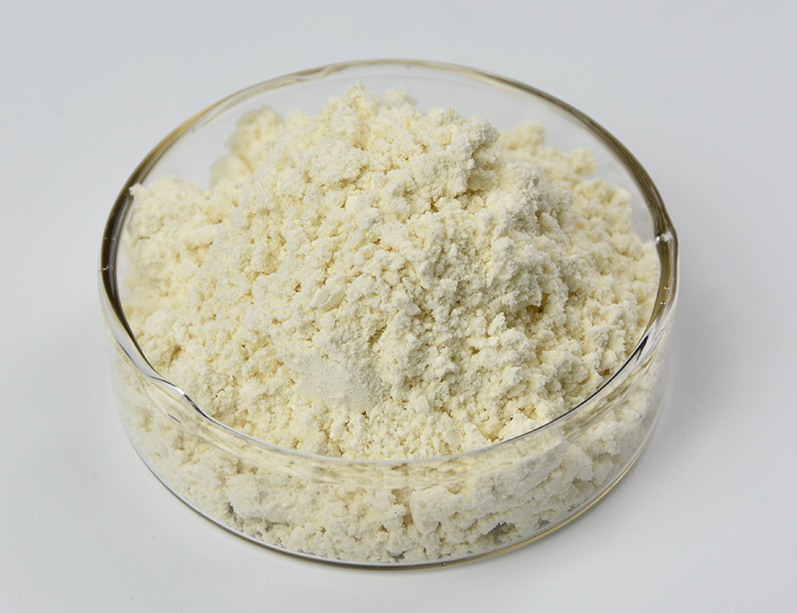 |
| 04 | Scutellaria Baicalensis Root Extract | PBH0101 | 2% Baicalin | 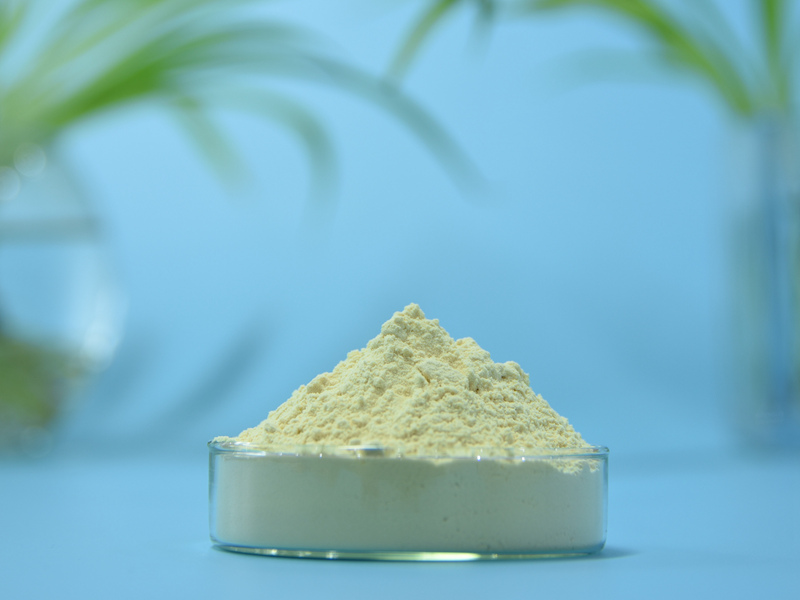 |
| 05 | Magnolia Officinalis Bark Extract | PMQD0203 PMQD0204 | 5% honokiol+magnolol 98% honokiol+magnolol | 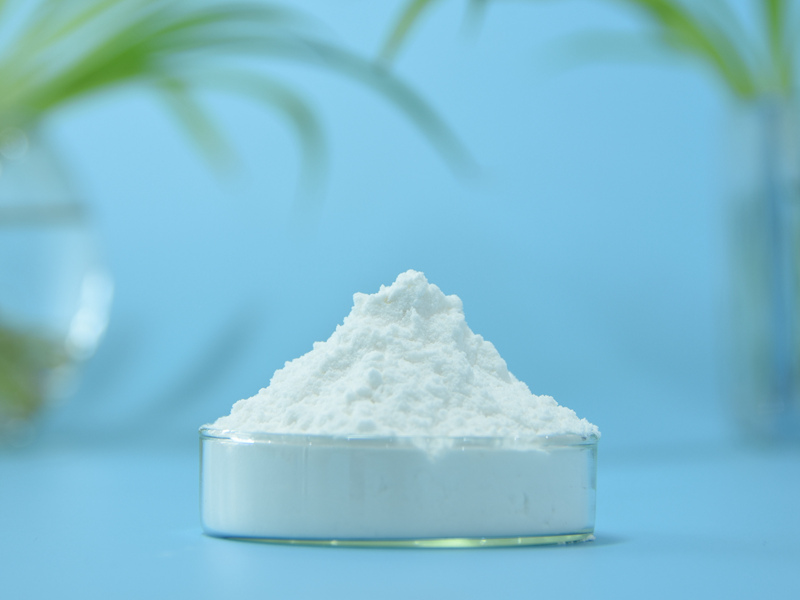 |
| 06 | Magnolol | PMQD0202 | 98% | 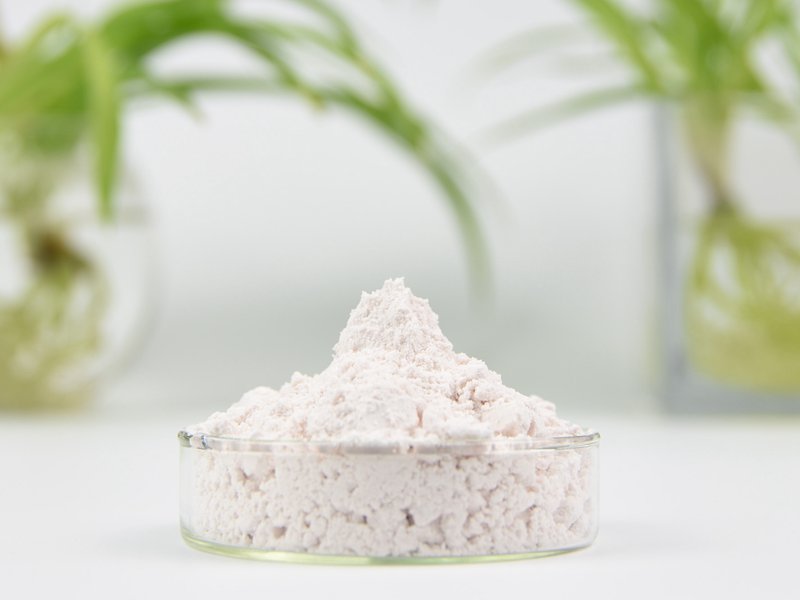 |
| 07 | Honokiol | PMQD0201 | 98% | 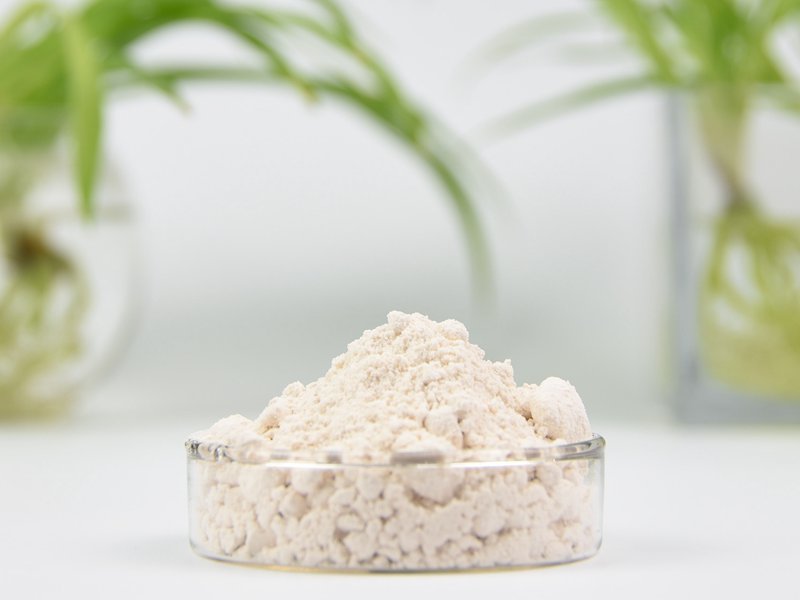 |
| 08 | Troxerutin | PMFS0201 | 98% | 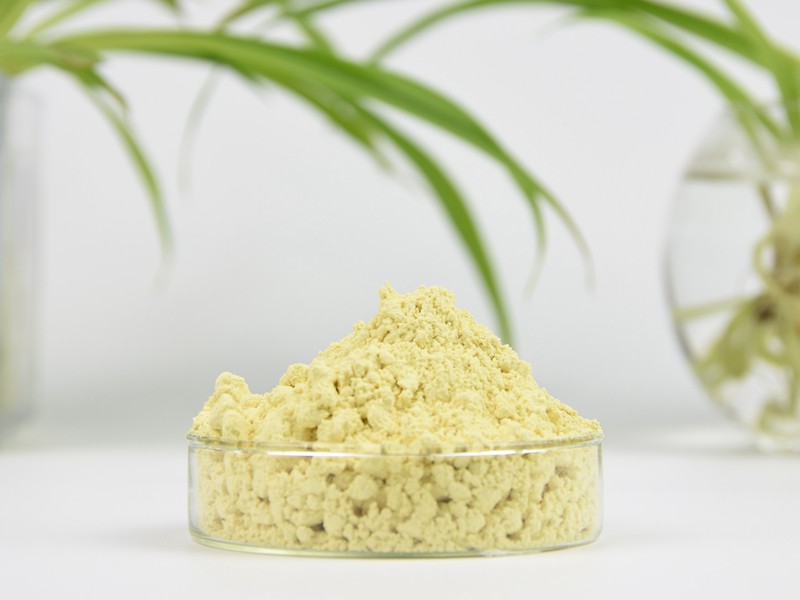 |







